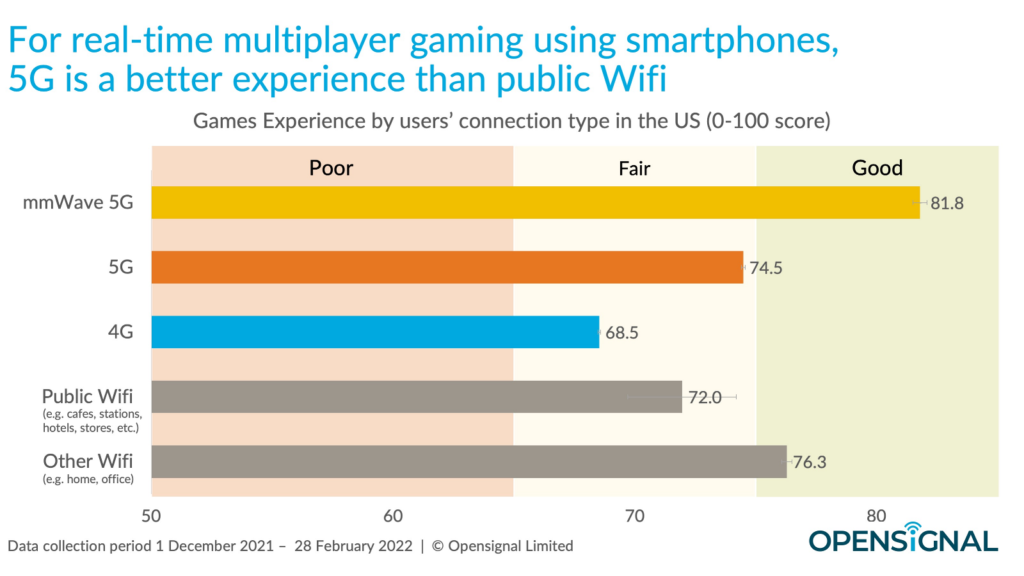A team of researchers from the RIKEN Center for Quantum Computing and Toshiba has developed a quantum computer gate using a double-transmon coupler (DTC), resulting in a significant improvement in the fidelity of quantum gates.
Through their work, they were able to achieve a remarkable 99.92% fidelity for a two-qubit CZ gate and 99.98% for a single-qubit gate. This advancement, which is part of the Q-LEAP project, enhances the performance of current noisy intermediate-scale quantum (NISQ) devices and brings us closer to fault-tolerant quantum computation with effective error correction.
The DTC, a new tunable coupler, tackles the challenges associated with connecting qubits with high fidelity, suppressing noise, and enabling rapid, high-fidelity gate operations even with detuned qubits.
One key aspect of this research is the use of reinforcement learning to design a quantum gate using state-of-the-art fabrication techniques. This machine learning approach enabled the researchers to turn the theoretical potential of the double-transmon coupler (DTC) into a practical application. By optimizing the balance between leakage and decoherence errors, they identified an optimal gate length of 48 nanoseconds, achieving one of the highest fidelity levels reported in the field.
Yasunobu Nakamura, the director of the RIKEN Center for Quantum Computing, emphasized the significance of reducing error rates in quantum gates, stating, “By reducing the error rates in quantum gates, we have made more reliable and accurate quantum computations possible. This is particularly important for developing fault-tolerant quantum computers, which are the future of quantum computing.”
He further explains, “This device’s ability to perform effectively with highly detuned qubits makes it a versatile and competitive building block for various quantum computing architectures. This adaptability ensures that it can be integrated into existing and future superconducting quantum processors, enhancing their overall performance and scalability. We plan to try to achieve a shorter gate length in the future, as this could help minimize the incoherent error.”
Journal Reference:
- Rui Li, Kentaro Kubo, Yinghao Ho, Zhiguang Yan et al. Realization of High-Fidelity CZ Gate Based on a Double-Transmon Coupler. Physical Review X. DOI: 10.1103/PhysRevX.14.041050



